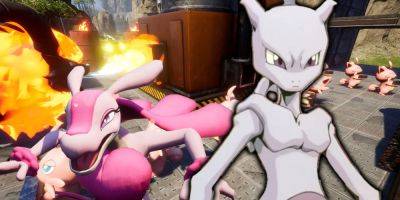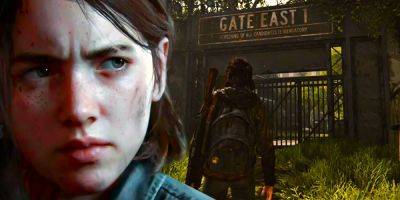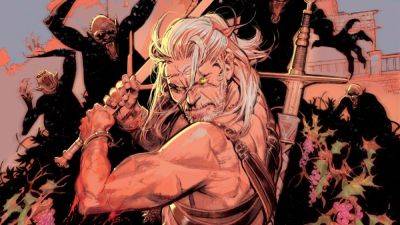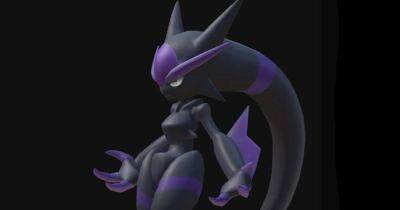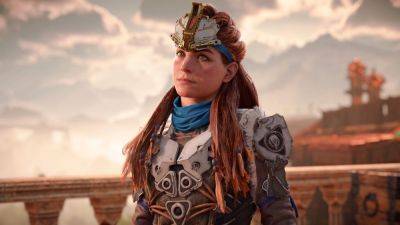Another Code Recollection is an impressive overhaul of two Nintendo favourites
Now that Nintendo has practically exhausted the potential for revamped releases from the Wii U catalogue, it’s started to look further back in time.
Another Code (known as Trace Memory in North America) was an inventive point-and-click adventure game released by Japanese studio Cing in the early days of the DS. Its sequel, Another Code R: A Journey into Lost Memories, came to the Wii in Japan and Europe but never saw a North American release.
Cing sadly went bankrupt 14 years ago, but Nintendo – with the aid of Guilty Gear studio Arc System Works, where many former Cing devs ended up – has decided to bring back both games in Another Code: Recollection, and to say they’re straightforward re-releases would be hugely inaccurate.
While Nintendo has released numerous remasters in recent years, both games in this collection have been given the full remake treatment from the ground up – think less Skyward Sword HD and more Capcom’s modern remakes of Resident Evil 2 and 3.
Although both games follow the same plot as their DS and Wii source material and feature the same story beats, they actually look and sound completely different to how they did before. Perhaps more crucially, they play completely differently, too.
The DS original was played with the stylus and had players moving around with a top-down viewpoint on the touch screen, and static images of various locations on the top screen. Meanwhile, the Wii sequel used an odd side-scrolling viewpoint to explore the game’s island and used the Wii Remote for first-person point-and-click exploration sections.
Both these approaches have been completely ditched here, in favour of a more straightforward third-person over-the-shoulder viewpoint, with protagonist Ashley able to freely walk around every location. Again, it’s much like the Resident Evil 2 and 3 remakes, but we’ll stop bringing those up in case you start getting the wrong idea – there are no zombies to be found here.
Despite the complete change of viewpoint, both chapters


